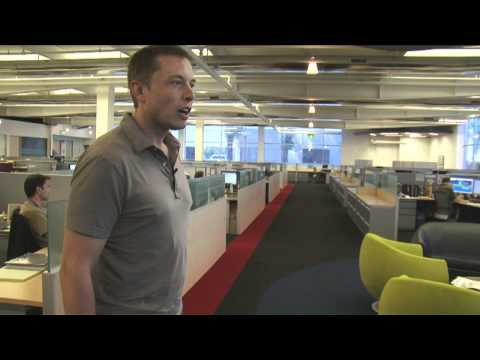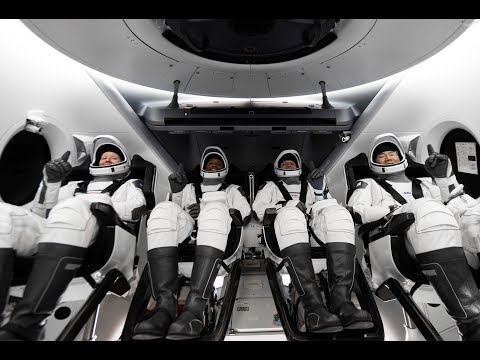On September 28th, SpaceX successfully conducted a test flight of their Starship spacecraft prototype, named SN15, from their launch site in Boca Chica, Texas. The mission was an important step towards advancing the company’s goal of developing a fully reusable spacecraft capable of carrying humans and cargo to Mars.
The flight of SN15 marked a significant milestone for SpaceX as all previous prototypes in the Starship series had either exploded or experienced technical difficulties during earlier tests. With this successful flight, the company demonstrated that they have made important improvements to address the challenges they faced in their previous attempts.
The Starship spacecraft is designed to be entirely reusable, meaning it can take off and land multiple times without requiring extensive refurbishment between flights. This capability is crucial for long-duration missions to Mars where refueling or resupplying opportunities may be limited.
During the 6-minute test flight, SN15 soared to an altitude of approximately 10 kilometers (6.2 miles) before executing a controlled descent and landing back on Earth vertically—a remarkable feat for such a large and complex vehicle. The smooth landing was met with cheers and applause from the SpaceX team observing the mission.
This successful flight brings SpaceX one step closer to realizing their vision of establishing a sustainable human settlement on Mars. Elon Musk has previously stated his ambitious goal of sending humans to Mars within this decade, possibly as early as 2024.
While there are still several technical challenges that need to be overcome before such a mission becomes possible, milestones like this test flight demonstrate that SpaceX is making steady progress towards achieving their Martian dreams. The lessons learned from each prototype’s flight contribute invaluable data that informs engineers on how to improve subsequent models for future missions.
SpaceX’s commitment to pushing boundaries in space exploration aligns with Elon Musk’s belief that becoming a multi-planetary species is crucial for the long-term survival of humanity. Mars, with its proximity to Earth and potential for resources, has long been viewed as the most viable candidate for colonization beyond our planet.
However, SpaceX’s efforts are not limited to Mars alone. The company is also working on other ambitious projects such as Starlink, a satellite constellation aiming to provide global broadband internet coverage, and missions to the Moon in collaboration with NASA.
As SpaceX continues its pursuit of interplanetary travel, it is rewriting the history books of space exploration. The successful test flight of SN15 highlights the dedication and innovation driving this private aerospace company towards realizing humanity’s ultimate goal of becoming an interplanetary species.
While there are still many challenges ahead and much work to be done, SpaceX’s achievements thus far serve as a testament to human commitment and ingenuity. With each step they take towards making Mars a reality, SpaceX brings us closer to the day when humans will inhabit another world, forever changing our understanding of what it means to explore.





